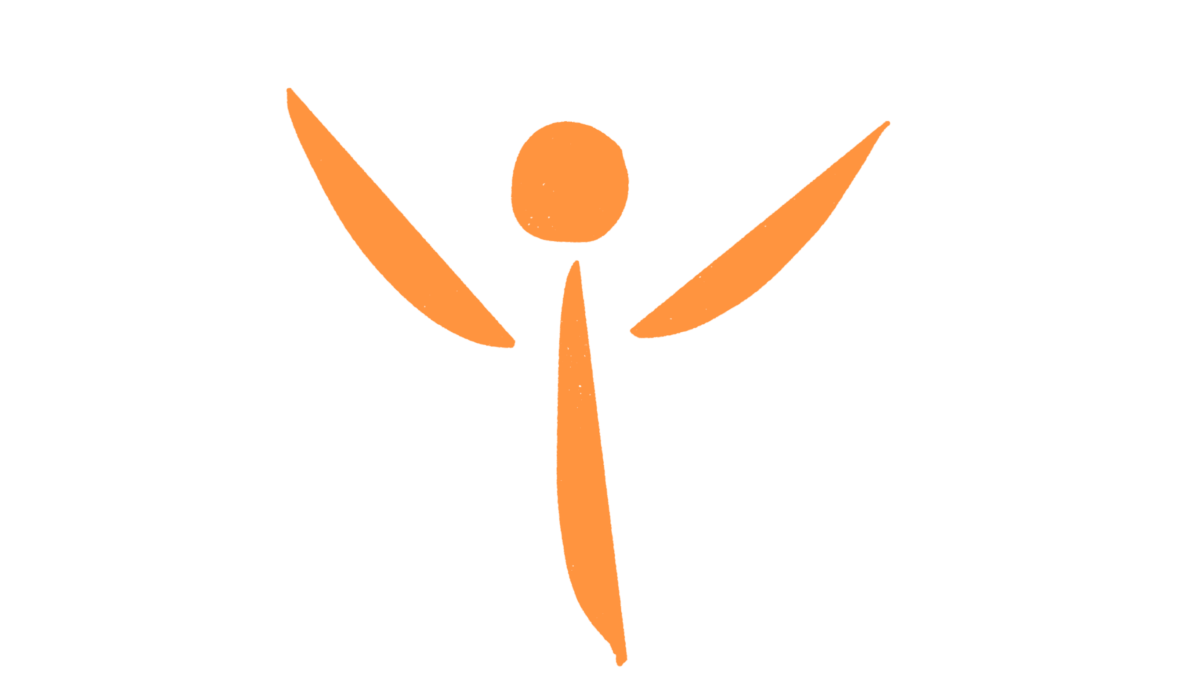
Quite a lot to take on board in this Post, revisit it, give it some time 🙂
In the post about Points of View, I said we were invested in our view being right 🙂 It is the ‘Red Mist ’ that descends when we are challenged.
What is happening in our beautiful Brain then?
I have mentioned before, that the Brain is a Meaning-Seeking, Pattern-Making Prediction Organ, created around one fundamental principle:-
Minimise Threat———— Maximise Reward

The huge bias inbuilt towards minimise threat is, to keep us Safe.
See also A way of thinking about the Brain.
In this post, I am introducing some more distinctions.
The founder of The Neuroleadership Institute, Dr David Rock, created a model SCARF that enables us to talk about what is going on when ‘the red mist descends’ or ‘we lose the plot’.
In my Points of View entry I introduced the concept of the triune brain. The ancient reptilian part of the brain was the first to develop and its job is to keep us from danger. Historically, in the development of our species, this part was really useful. Its Fight – Flight – Freeze mechanism driven by the Amygdala kept us alive 🙂 A thing to note here, is that this ‘process’, (referred to as the amygdala flood), will fire on a perceived threat as well as a real threat and therein lies an issue for us in today’s world.

Back to David’s Model
As you can see in the model, we perceive threat and reward in the five domains, Status, Certainty, Autonomy, Relatedness and Fairness
How can we use this model then to help us? Well it is David’s view that we scan the SCARF domains five times per second , so we have about a fifth of a second (enough) to catch what triggered. 🙂

SCARF PRE Model
In my experience, the above is very helpful, Name it, Claim it, Tame it
An example:- I am driving down the M40 towards London and wish to join the M25. There is a queue!
I have a couple of options and I do both 🙂 :- join the end of the queue or go further along and ‘cut in’.
If I join the end of the queue and somebody else ‘cuts in’ guess what? Yep ‘Red Mist’, my wife Gill can testify to this 🙂
(Do you think this is a real or perceived threat by the way? )
Anyway, using Name it, Claim it, Tame it, I have my 1/5th of a second to name what just triggered me. Status/ Fairness, in this scenario.
Internally then, I say to myself, “There goes my Status trigger” and do you know, its like my brain says “Ah, you know about this, its not a threat then” 🙂 It works. Again, Gill notices 🙂 🙂
The really hard bit, is remembering to do it, see Gill again 🙂
If you ever wondered about ‘Road Rage’, this is what is at the beginnings of that.
Back to the slide above, SCARF PRE Model. We can use this to practice, to learn how to ‘catch the triggers’
Before a meeting / an interaction you know might be tricky in ‘Red Mist’ terms, think about which of the domains might trigger e.g. Autonomy, Status and Fairness.
- Predictive:- Before the interaction, think through in your ‘mind’s eye’, how you may respond rather than react to those stimuli.
- Regulatory:- During the actual interaction, notice which stimuli are triggering and as above Name it, Claim it, Tame it.
- Explanatory:- After the event, replay it in your mind’s eye and explain what what happened in terms of the stimuli, what they triggered in you, and whether you reacted or responded
Remember, Who makes you angry?
You make yourself angry, stuff happens then you make yourself angry 🙂
What triggers that, is what this post has been about 🙂
- What order would you put the SCARF triggers in, for you in general? (They will vary by context)
- What triggered you most today?
- What triggers your partner the most?
- If you have children, what triggered them today?
- What triggers your Boss?


